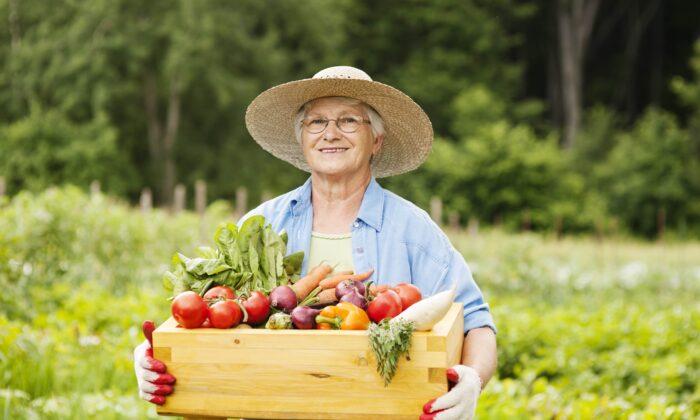Despite their delineation as “super,” not all superfoods are created equal. What makes a food “super” in the first place? While not a regulated or certifiable nutritional claim (yet), food experts define superfoods as having a nutrient density that outweighs caloric intake. Think of a zero-calorie cup of green tea that’s loaded with catechins and other potent antioxidants.
Mealtime is a perfect opportunity to indulge in superfoods, be they fruits, veggies, nuts, seeds, beans, or grains. Need a little help? Check out our top superfoods picks.
Kale
It tops quite a few lists for good reason. This dark, leafy green vegetable is an excellent choice for any meal. It’s a great source of fiber, vitamins, minerals, protein, amino acids, and antioxidants. Plus, it’s very affordable and versatile.Hemp
The hemp seed has risen to popularity in the last several years as a super source of vegan protein and omega fatty acids as well as fiber, vitamins, minerals, amino acids, and potent antioxidants. Use it in a number of ways: atop cereals (hot or cold), salads, soups, or desserts, or straight out of the bag.Coconut Oil
After debunking myths that coconut’s saturated fats were unhealthy, the creamy spread has become a superfood darling. It provides healthy omega-6 fatty acids including the rare lauric acid. Its versatility and ability to withstand high heat make it an excellent choice for any healthy food meal preparation. Choose fair trade options and you’re supporting a changing global economy focused on empowerment and environmental balance in undeveloped parts of the planet.Flax or Chia Seeds
Maca
This Peruvian superfood was prized as a “warrior” food with a history of providing energy for soldiers before battle. Not only is maca energizing, but it’s also balancing, too. This is especially helpful for individuals with hormonal issues. It’s rich in protein, minerals, and vitamins, making it an excellent supplement or addition to smoothies and shakes.Almonds
As Dr. Joseph Mercola writes, almonds are rich in phytochemicals, which promote heart and vascular health. They’re a great source of nutrients like vitamin E, calcium, magnesium, iron, phosphorous, fiber, and protein. Just make sure they’re raw and organic.Chocolate
Yeah, I thought you’d like this one. But it’s not on this list for a smile; it’s here for good reason. Pure, dark chocolate is loaded with vital nutrients including the important mineral magnesium. Raw cacao contains more than 1, 200 unique compounds, many of which are powerful free-radical fighting, immune-boosting antioxidants. Of course, it matters what type of chocolate you eat. Don’t try to justify that bag of M&M’s—those barely count as food. Stick with the really dark stuff—70 percent or higher—or try including raw cacao beans in your diet. Mix them into cereal, baked goods, and trail mixes, or add them to smoothies or shakes. They’re even delicious straight out of the bag!Jill Ettinger is a freelance journalist and marketing specialist primarily focused on the organic and natural industries. This article was first published on NaturallySavvy.com





